Determination of hemoglobin concentration is part of a complete venous blood count. It is one of the primary diagnostic tests during which several peripheral blood parameters are determined. The hemoglobin concentration test is worth performing prophylactically. Hemoglobin (Hb) is necessary to ensure adequate oxygenation of tissues and maintain sufficient hemoglobin levels.
The amount of hemoglobin in the blood is described as g/dl – grams per decilitre![]() . Standards may vary depending on gender and age. When interpreting the result of a hemoglobin test, it is essential to remember that due to different methods of determination, the threshold value may vary between laboratories and depends on the determination process used.
. Standards may vary depending on gender and age. When interpreting the result of a hemoglobin test, it is essential to remember that due to different methods of determination, the threshold value may vary between laboratories and depends on the determination process used.

Hemoglobin levels for adults:
When the hemoglobin level falls below the designated standards, this indicates anemia in the patient. On the other hand, when the hemoglobin level exceeds these norms in adults, the consequence is erythrocytosis. If there is an abnormal hemoglobin level, it is necessary to go for a medical consultation. The doctor will then comprehensively interpret the blood count results to make the right decisions on further diagnostics to clarify the abnormalities shown.
Low hemoglobin means its level is below the reference value set for it. This should be a clear signal for the patient. It would be best if you took appropriate action to improve your health. Below-normal hemoglobin can have many causes. Determining the root cause of low blood component levels is essential to tailor appropriate treatments. Suggestive symptoms can also identify low hemoglobin levels. Learn how to recognize the causes and signs of low hemoglobin levels.
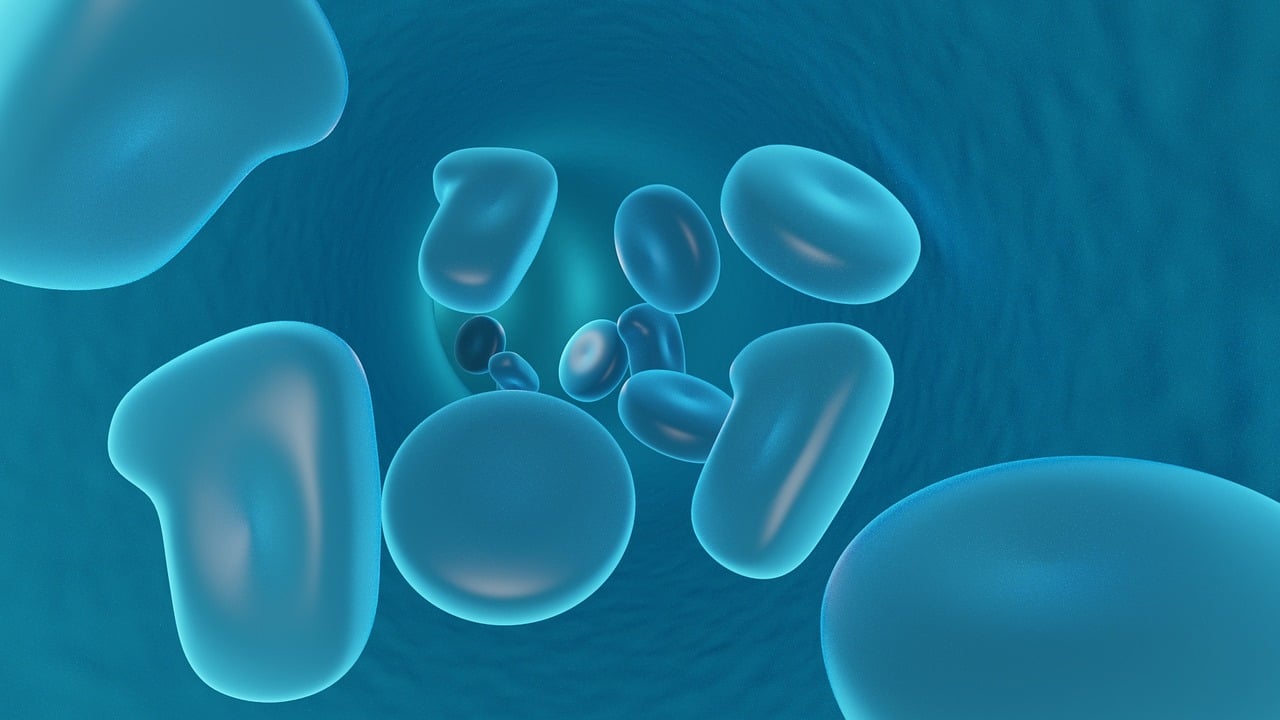
The causes of low hemoglobin are many, and some are not at all obvious. However, it is worth remembering that low hemoglobin often happens in pregnant women![]() . Low hemoglobin in pregnancy is a prevalent condition that can be effectively prevented. In addition, causes of low hemoglobin can include:
. Low hemoglobin in pregnancy is a prevalent condition that can be effectively prevented. In addition, causes of low hemoglobin can include:
Diet is highly related to hemoglobin levels, as certain nutrients are needed to produce blood and its components. And an unvaried, poor diet leads to food deficiencies. Low blood hemoglobin levels are most often associated with an insufficient supply of vitamin B12![]() , iron
, iron![]() , and folic acid
, and folic acid![]() . This is because stimulating the production of red blood cells is one of the most important functions of vitamin B12.
. This is because stimulating the production of red blood cells is one of the most important functions of vitamin B12.
Deficiencies of this component upset the balance between the three most important building blocks of erythrocytes and contribute to the development of anemia. Iron is also essential in preventing anemia. Iron is a crucial ingredient in hemoglobin and myoglobin, the proteins that transport oxygen and carbon dioxide through the blood. In addition, folic acid or vitamin B9 is also necessary for the proper work of erythrocytes. Folic acid is also involved in synthesizing red blood cells and cell and tissue repair processes.

Certain situations leading to blood loss may consequently contribute to low hemoglobin levels. This includes all kinds of trauma, surgery, gastrointestinal bleeding, and even heavy menstrual bleeding. The human body can withstand even significant blood loss if it occurs slowly, while the sudden and rapid loss of a large amount of blood can be hazardous.
Anemia often occurs in cancer patients. Impaired hematopoietic function and associated symptoms are one of the most common complications of chemotherapy use. It can progress both asymptomatically and with life-threatening consequences. Chemotherapy is most effective against cancer cells. However, the drugs used during chemotherapy are not selective and also destroy healthy cells. Chemotherapy damages the bone marrow. The bone marrow tissue is responsible for the production of red blood cells. Hence, with cancer, he notes a sudden drop in hemoglobin.
Anemia results from blood deficiency and can result from the causes listed here. However, anemia can also have a genetic basis. The cause of sickle cell anemia is genetic. The disease is inherited autosomally recessively. There is also congenital spherocytosis, the most common type of hemolytic anemia![]() . In addition, there is also aplastic anemia, in which bone marrow dysfunction results in low levels of red blood cells. All congenital and acquired types of anemia are associated with low hemoglobin levels.
. In addition, there is also aplastic anemia, in which bone marrow dysfunction results in low levels of red blood cells. All congenital and acquired types of anemia are associated with low hemoglobin levels.
Characteristics of leukemia are quantitative and qualitative changes of blood cells in the blood, marrow, and internal organs. In the course of this disease, there is a decrease in the production of a hormone that stimulates the production of hemoglobin, resulting in low hemoglobin levels. The cause of leukemia is usually a gene mutation in one of the cells of the hematopoietic system.
Anemia is an early and one of the most common complications of chronic kidney disease![]() . Very often, kidney disease is associated with too low hemoglobin. By filtering the blood, the kidneys cleanse it of toxins. Glomeruli are filters in the kidney organs that allow the removal of breakdown products from the blood while preventing the loss of essential proteins and blood cells. The glomerular filtration rate will enable us to assess the amount of glomerular seepage in the kidneys and evaluate the work of these organs. A low hemoglobin coefficient can indicate inadequate kidney function, including insufficient filtration.
. Very often, kidney disease is associated with too low hemoglobin. By filtering the blood, the kidneys cleanse it of toxins. Glomeruli are filters in the kidney organs that allow the removal of breakdown products from the blood while preventing the loss of essential proteins and blood cells. The glomerular filtration rate will enable us to assess the amount of glomerular seepage in the kidneys and evaluate the work of these organs. A low hemoglobin coefficient can indicate inadequate kidney function, including insufficient filtration.
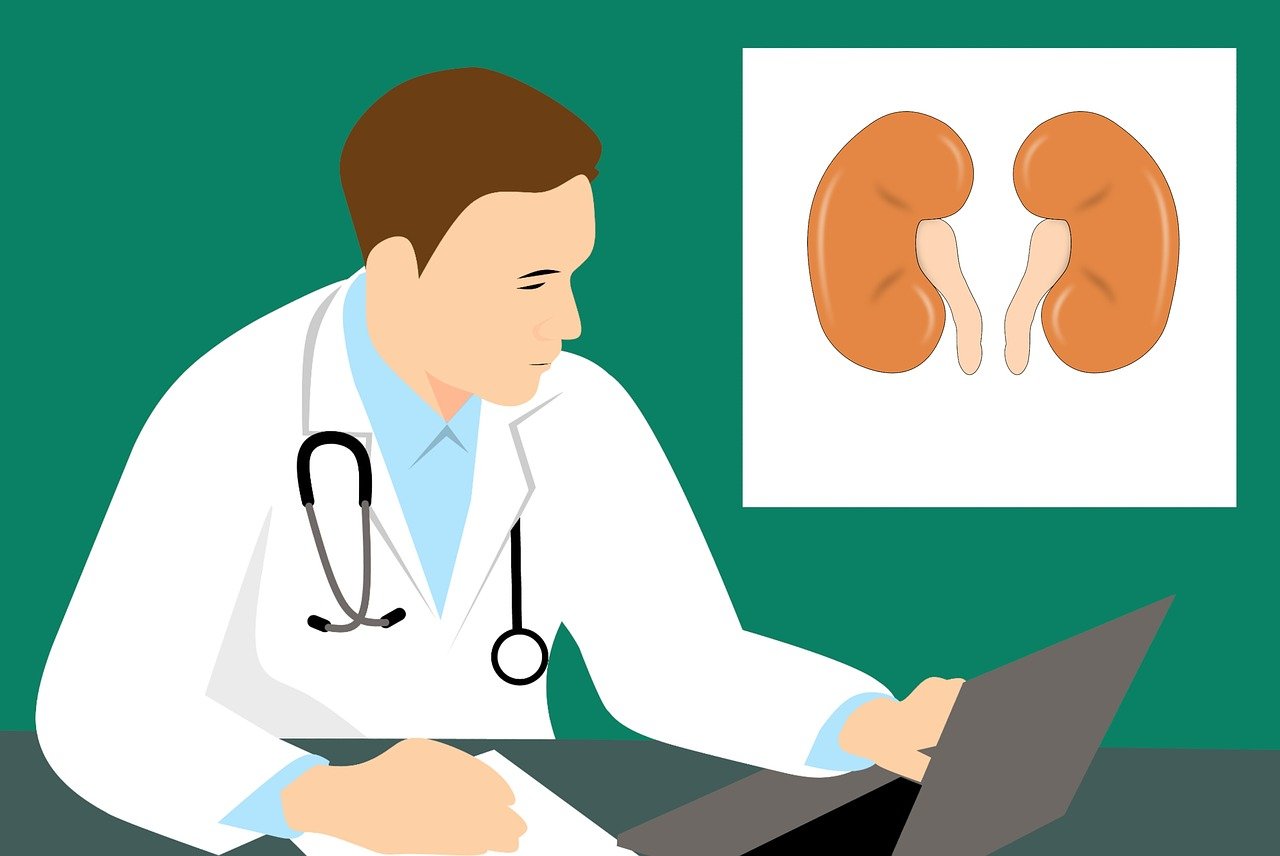
Some inflammatory diseases, especially in chronic form, can contribute to hemoglobin disorders. Anemia resulting from chronic diseases is the second most common cause of decreased hemoglobin and iron levels in the body, resulting in anemia due to the inflammation that has occurred. Chronic inflammatory diseases that can cause low hemoglobin levels include rheumatoid arthritis![]() and tuberculosis.
and tuberculosis.
Rheumatoid arthritis is an autoimmune condition. It leads to inflammation within the joints. According to various estimates, many RA sufferers develop anemia. Co-occurring anemia can affect the patient's condition and determine the need for more aggressive treatment. Tuberculosis, on the other hand, is an inflammatory disease caused by bacteria. People with tuberculosis are at risk of anemia, associated with chronic inflammation in the body.
Hemoglobin deficiency can also be caused by conditions during which the production of red blood cells is impaired. Such a condition includes malabsorption syndrome![]() . Malabsorption syndrome results from abnormalities in the digestion. It leads to the absorption of nutrients from the gastrointestinal tract. Impaired absorption can affect one or more nutrients depending on the abnormality. This can lead to malnutrition and various types of anemia. Some bone marrow diseases can be severe and life-threatening, while others can be mild. Some chronic diseases can be detected during periodic examinations.
. Malabsorption syndrome results from abnormalities in the digestion. It leads to the absorption of nutrients from the gastrointestinal tract. Impaired absorption can affect one or more nutrients depending on the abnormality. This can lead to malnutrition and various types of anemia. Some bone marrow diseases can be severe and life-threatening, while others can be mild. Some chronic diseases can be detected during periodic examinations.
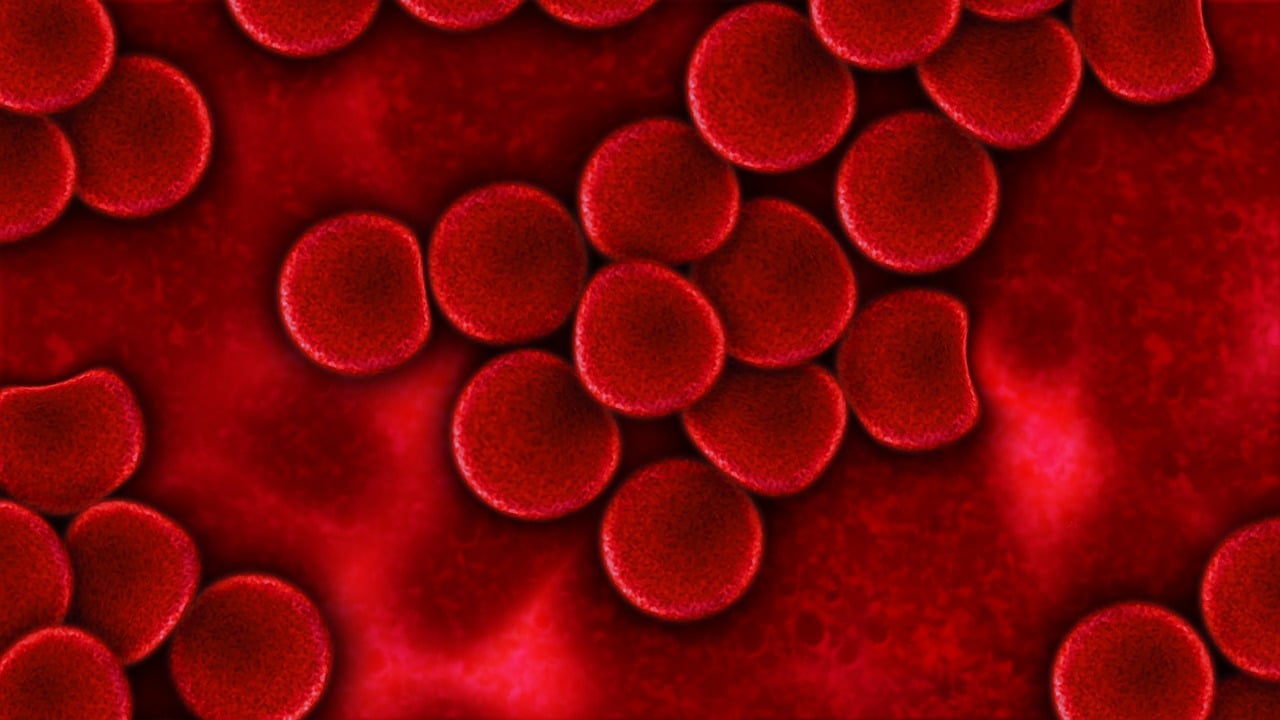
The human body can send warning signals when hemoglobin levels are below average. If you notice the symptoms listed above, getting blood tests is a good idea. Disorders related to blood components can indicate diseases that require treatment. Symptoms of low hemoglobin include:
Low hemoglobin's first and uncharacteristic symptoms are fatigue, lethargy, and weakness not commensurate with the exertion. The slightest physical exertion is problematic and causes immediate fatigue. Fatigue is perceived as excessive, strenuous, and chronic. Fatigue resulting from anemia is different from ordinary fatigue. Patients feel a lack of energy at all times, regardless of the amount of rest and quality of sleep.

Low hemoglobin levels can result in decreased concentration and difficulty focusing. The brain needs oxygen to function efficiently, which is carried by hemoglobin, which is composed of iron atoms. Iron participates in the transmission of nerve signals in synaptic cells. Low iron levels and oxygen-poor blood can impair brain performance, including the ability to concentrate and remember.
When hemoglobin levels are low, headaches and dizziness can occur. Low hemoglobin levels affect the process of transporting oxygen to the brain. If the amount of oxygen delivery begins to decrease, the blood vessels constrict, causing an increase in intracranial pressure and consequently causing headaches. Intense dizziness can also lead to syncope.
Tachycardia is a rapid heart rate. This condition can accompany hemoglobin deficiency. Due to a lack of sufficient hemoglobin and red blood cells, a faster heart rate compensates for these deficiencies. People with anemia may experience an irregular or accelerated heartbeat and even atrial fibrillation. Chronic low hemoglobin levels can negatively affect the heart muscle. Long-term and severe anemia can even lead to heart damage.
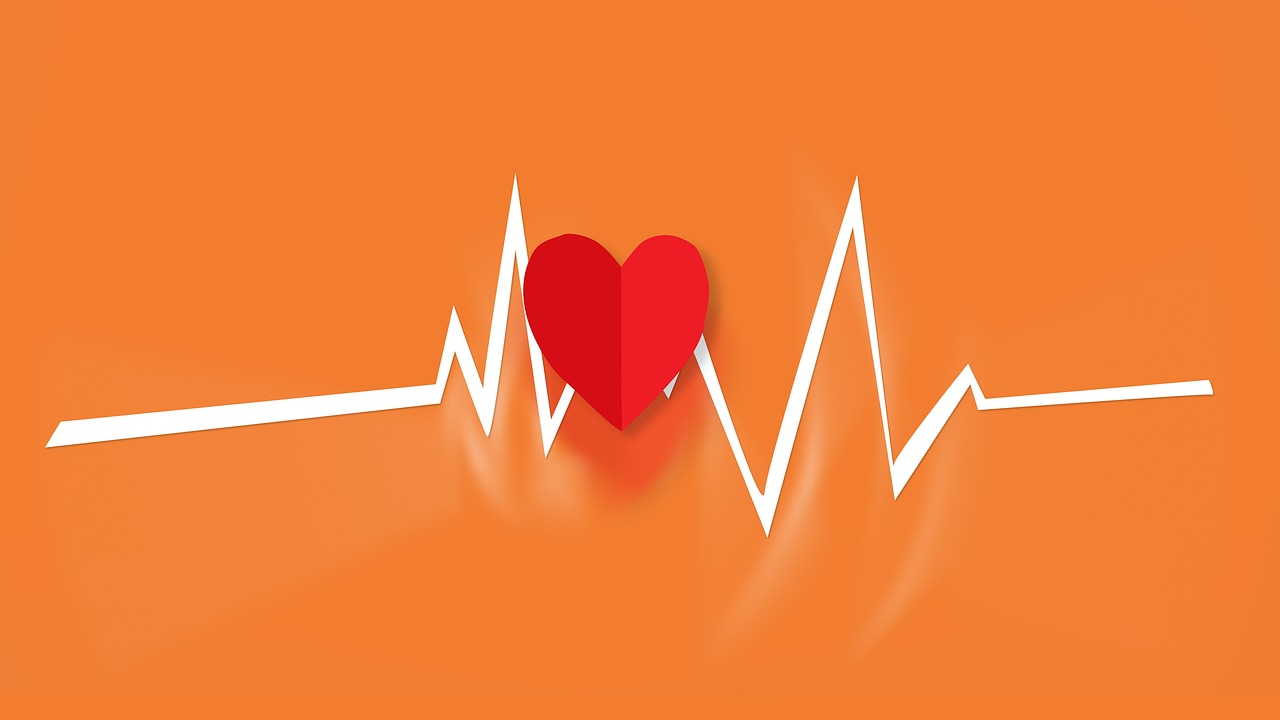
Among some of the most common symptoms of hemoglobin deficiency is pale skin. The iron in hemoglobin is responsible for the red color of the blood. Therefore, the skin can take on lighter hues when hemoglobin and iron are missing from the blood composition. Thus, ashen skin with a slightly yellow tint characterizes people with low hemoglobin levels. The pallor of the skin is a non-specific symptom that does not necessarily indicate disease. Sometimes, the skin can be naturally pale.
Hair is sensitive to the amount of iron in the tissues and hemoglobin levels, which can contribute to hair loss and baldness. Other symptoms of iron deficiency anemia include thin and brittle nails and dry skin. Dry and damaged skin and hair can indicate iron deficiency in the blood. This is due to reduced oxygen delivered to the hair and skin to save vital organs, such as the heart and brain. Skin and hair deprived of oxygen become weak and dry.
Hemoglobin level exceeding accepted standards. In most cases, an elevated hemoglobin level in the blood is not a cause for concern. The condition can be quickly restored to normal. Always remember that high hemoglobin levels can indicate the development of diseases. Therefore, if there is an abnormal hemoglobin concentration, it is necessary to go to a medical consultation. The doctor will then interpret the blood count results comprehensively to make the right decisions on further diagnostics to clarify the abnormalities shown.

Increased hemoglobin levels can have various causes. The most common cause of increased hemoglobin levels is dehydration![]() , which can be treated quickly and effectively. However, there are also other possible causes. Causes of high hemoglobin levels in the body include:
, which can be treated quickly and effectively. However, there are also other possible causes. Causes of high hemoglobin levels in the body include:
The most common cause of elevated hemoglobin is dehydration of the body during the test. In this situation, less water is present in the blood, increasing hemoglobin concentrations and other blood elements. In this case, it is necessary to take care of hydration so that the hemoglobin concentration returns to an appropriate level. Dehydration often occurs due to diarrhea, vomiting, and excessive sweating.
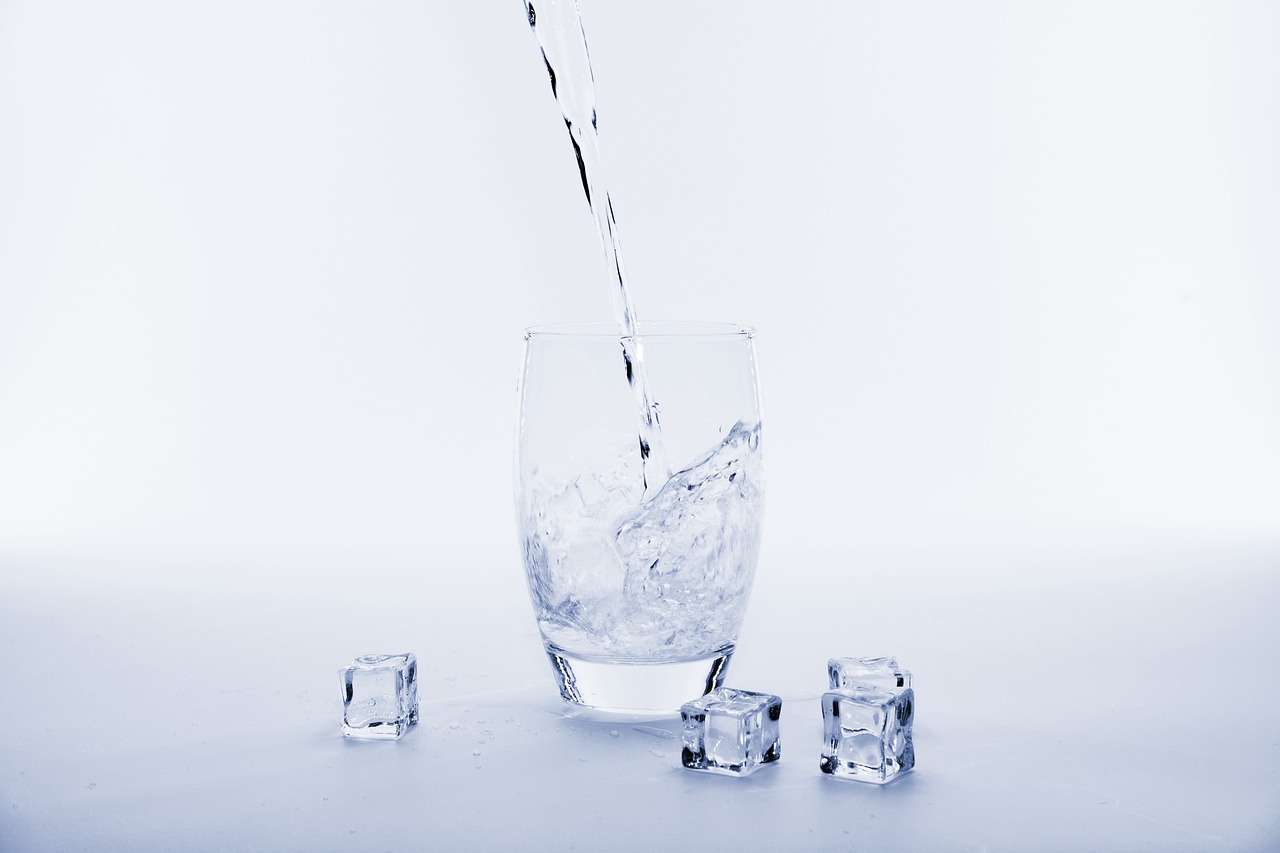
High hemoglobin concentrations can also occur due to prolonged, minor hypoxia. Risks include prolonged residence in areas high above sea level. With altitude, atmospheric pressure decreases, causing oxygen availability to become severely limited. Hypoxia can also result from existing diseases. Smoking![]() is also a risk. Elevated hemoglobin is often observed in compulsive smokers.
is also a risk. Elevated hemoglobin is often observed in compulsive smokers.
Hyperemia is a symptom that appears in the course of many diseases of the hematopoietic system. Hyperemia is divided into primary and secondary. Primary includes true melanoma and myeloid leukemia. Primary hyperemia is caused by a bone marrow disease that produces excess red blood cells. In turn, the bone marrow tissue increases the volume of circulating blood.
The secondary form of hypercoagulability results from other diseases, including kidney disease. Secondary hyperemia is also caused by significant fluid loss, which occurs as a result of overheating, diarrhea, and vomiting, as well as taking diuretics. Other causes can be considerable obesity, intestinal diseases, or chronic alcoholism.
Various diseases can lead to increased hemoglobin. The most common are diseases that lead to reactive hyperemia, which can occur with heart defects and chronic lung diseases. High hemoglobin levels characterize patients with congenital cyanotic heart disease as a result of a physiological response to hypoxia, which is called secondary erythrocytosis. This is a desirable response in their case because it safeguards the proper delivery of oxygen to the tissues.
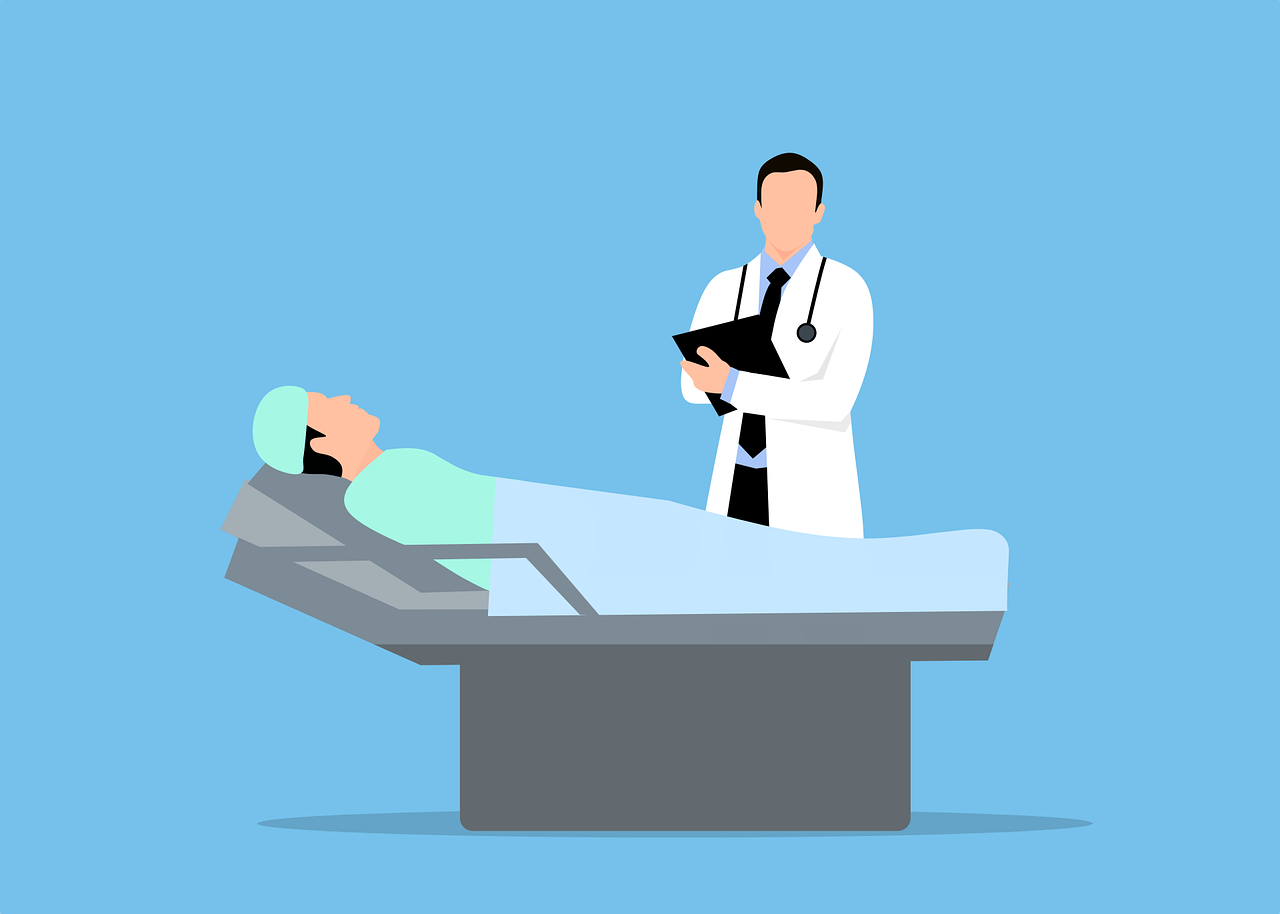
High hemoglobin levels can be asymptomatic. However, you may notice signals indicating increased hemoglobin levels. Hemoglobin is converted to bilirubin![]() in the body, and increased levels of delivered bilirubin can cause specific symptoms. Symptoms of increased hemoglobin levels include:
in the body, and increased levels of delivered bilirubin can cause specific symptoms. Symptoms of increased hemoglobin levels include:
The most common symptoms associated with increased hemoglobin are seepage of hemoglobin in the kidneys and into the urine. This causes characteristic symptoms that can be noticed. High hemoglobin makes urine darker in color; sometimes, it can even take on a red tint. Also, the detection of hemoglobin in a urine test indicates high hemoglobin levels.

A slight yellowish tint to the skin can occur with anemia, but a yellowed skin tone is also a symptom of another extreme, elevated hemoglobin. The symptom occurs when bilirubin levels are also elevated. The yellow coloration of the skin and whites of the eyes occurs due to the accumulation of excess bilirubin in the body. This yellow pigment is a product of hemoglobin degradation in red blood cells and proteins.
Increased breakdown of erythrocytes can also lead to spleen and liver enlargement. An enlarged spleen and elevated bilirubin can result from excessive breakdown of red blood cells. Elevated bilirubin may also be related to liver enlargement. Hepatosplenomegaly is the term used to describe the simultaneous enlargement of the liver and spleen. This condition often occurs in various diseases, so the cause should be accurately diagnosed when this symptom occurs.
Hemoglobin is a component of the blood, specifically a protein contained in erythrocytes that performs certain essential functions. This component is one of many erythrocyte proteins and contains iron atoms.
Haemoglobin can transfer the oxygen from the lungs to the body's tissues. It then returns carbon dioxide (CO₂) to the lungs. It, therefore, ensures proper oxygenation of tissues and organs, without which they could not function properly. Hemoglobin is also primarily responsible for maintaining the shape of red blood cells.
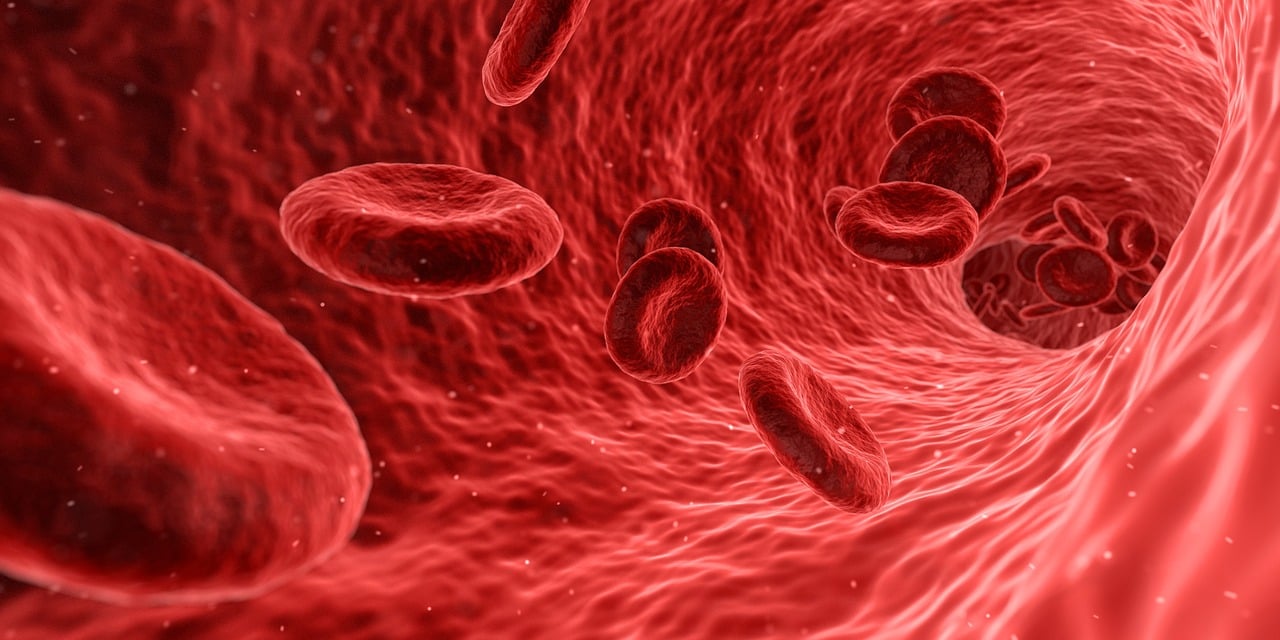
Determination of hemoglobin concentration is one of the essential blood tests. This measurement is part of a complete venous blood count, providing critical information about overall health. Hemoglobin standards can vary depending on gender, age, method of determination, and laboratory. Any deviation from the norms may indicate a disorder in the body. Various symptoms can indicate abnormal hemoglobin levels. They can indicate diseases and conditi
Hemoglobin is a specific protein in erythrocytes or red blood cells. Thanks to hemoglobin, erythrocytes can bind oxygen in the lungs and carry it to tissues throughout the body. This allows the oxygen respiration processes in the cells to take place correctly, as well as the production of energy necessary for their proper functioning. Hemoglobin molecules contain iron in them. Thanks to this element's presence, they can effectively perform their role related to transporting oxygen and carbon dioxide.
Norms of hemoglobin concentrations vary depending on the sex of the tested person. However, there are general standards that are set at an indicated level of hemoglobin, the exceeding of which can adversely affect health. Both too low a hemoglobin level and too high a hemoglobin level are inadvisable. Abnormal hemoglobin levels can have various causes. They are often the result of diseases. Too high or low blood component levels can also cause specific symptoms.
Table of Contents

Aplastic anemia is an uncommon blood condition where the bone marrow works improperly. Get to know the ways to identify… read more »

Anemia is when the body does not have enough red blood cells (erythrocytes) to deliver enough oxygen to the tissues.… read more »

Iron deficiency is a common nutritional disorder where the body lacks sufficient iron to produce an adequate amount of hemoglobin,… read more »
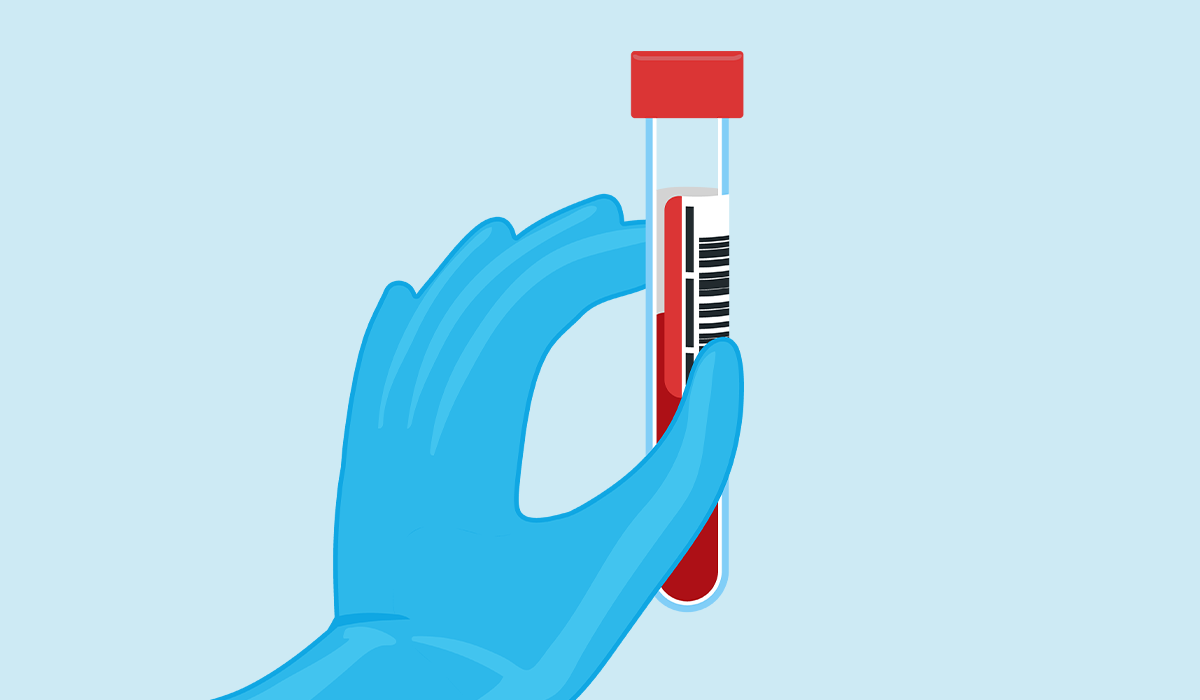
Morphology is a examination of the shape, size, and appearance of blood cells. When should you do it? read more »
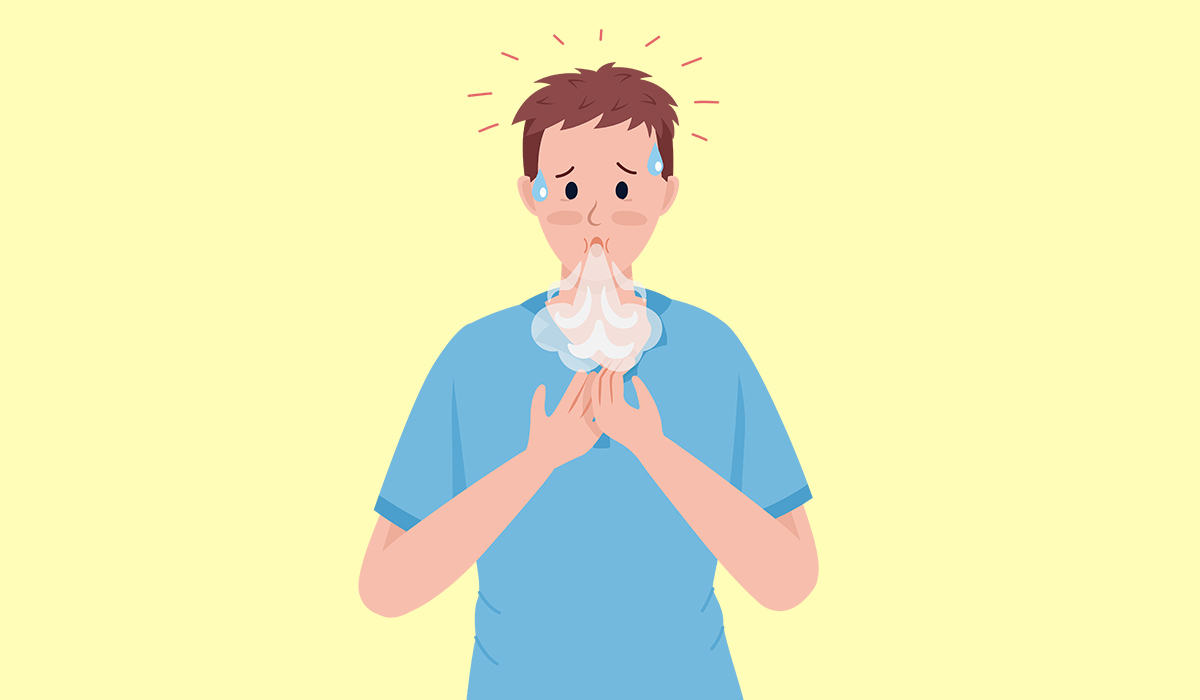
Hypoxia occurs when the body's tissues don't get enough oxygen. Suffering from this issue can lead to breathing difficulties, an… read more »
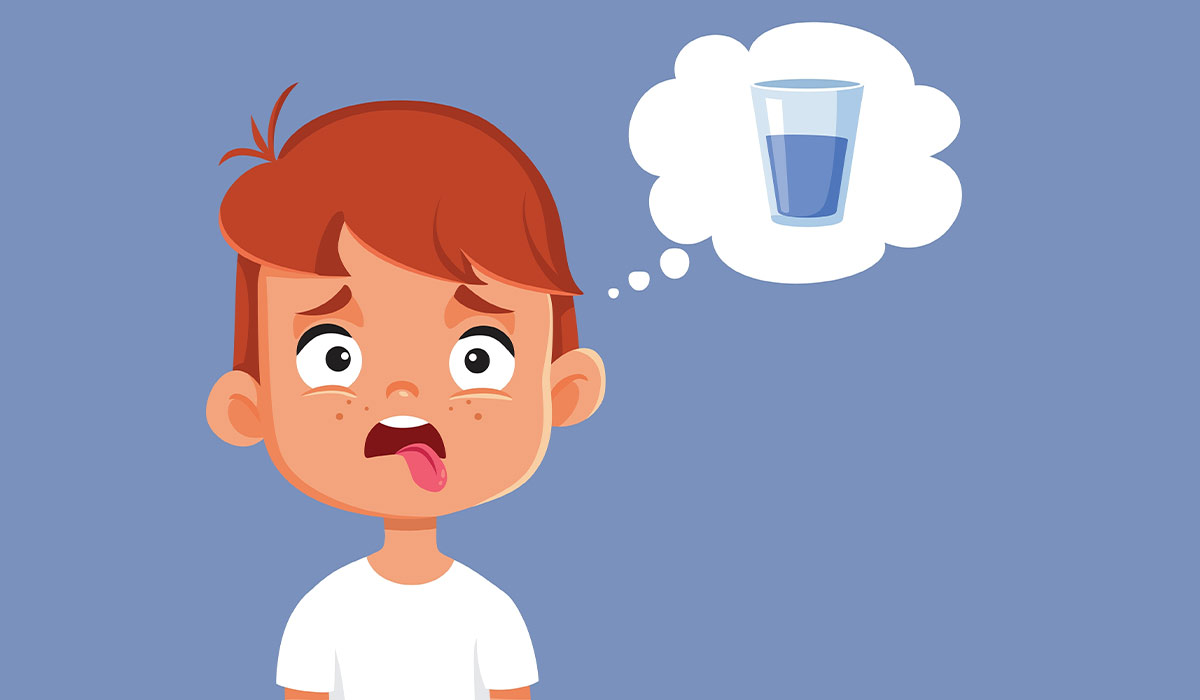
Dehydration can cause many negative health effects. It is a common problem in children and seniors. Learn how to recognize… read more »
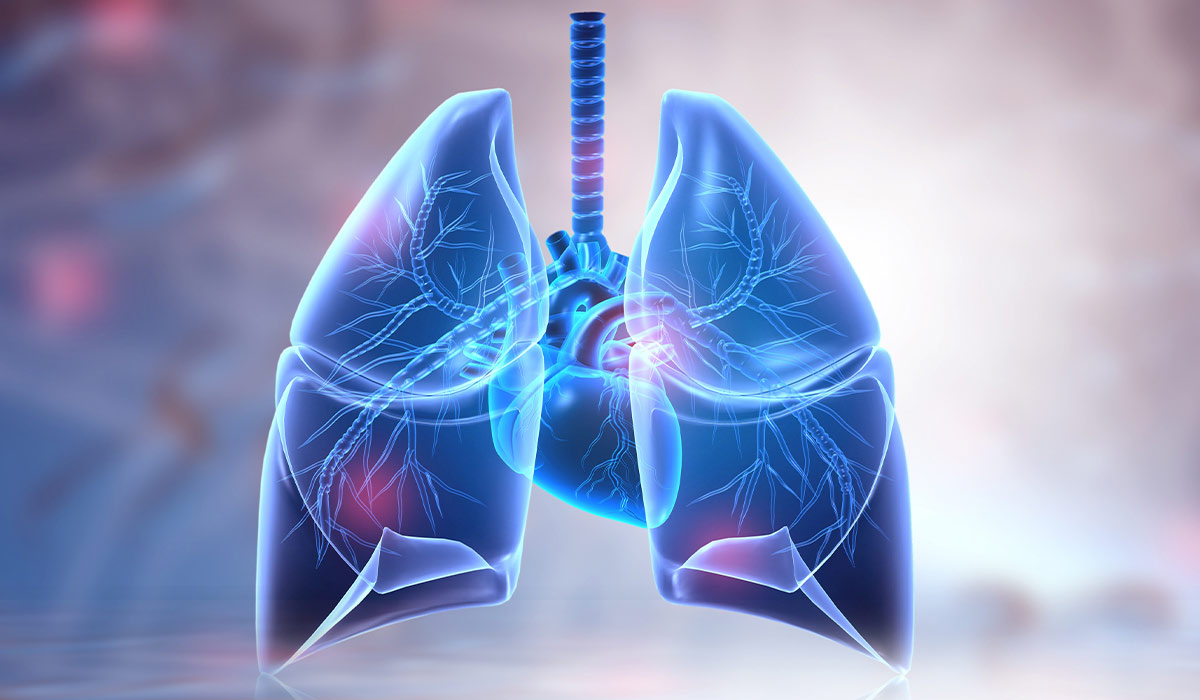
Hypercapnia is a condition in which the partial pressure of carbon dioxide in our blood is increased. This can be… read more »

Altitude Sickness is a condition often faced by eager mountain climbers. Dive into our article for more details on this… read more »

What should you eat to prevent vitamin B12 deficiency? What are the most common symptoms and who is particularly at… read more »